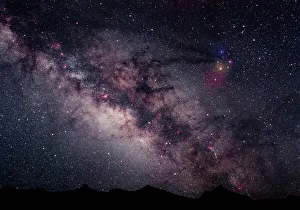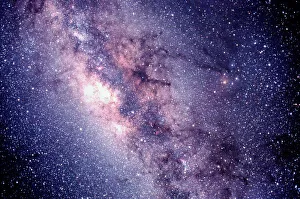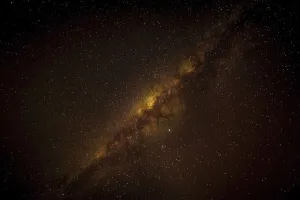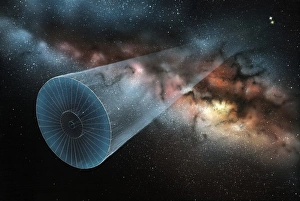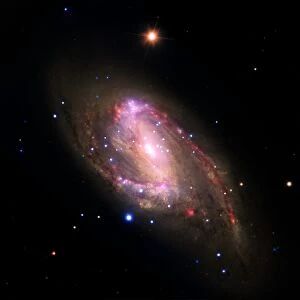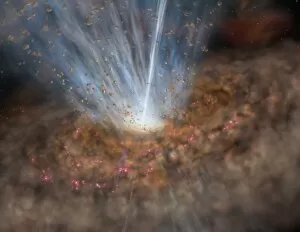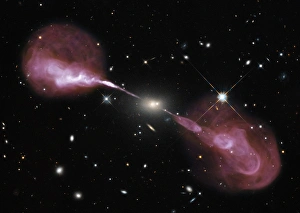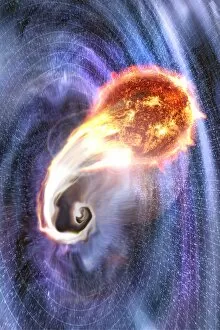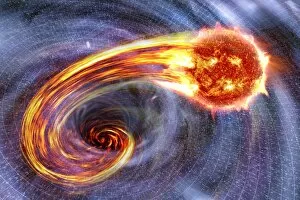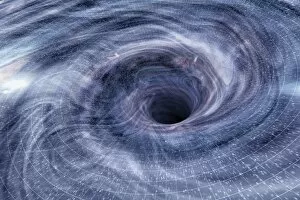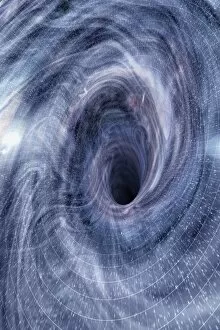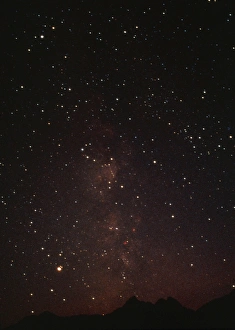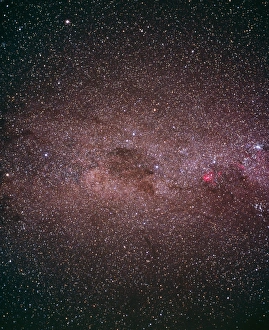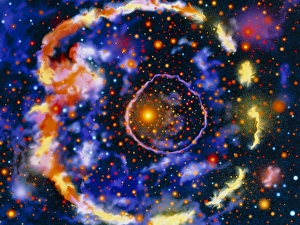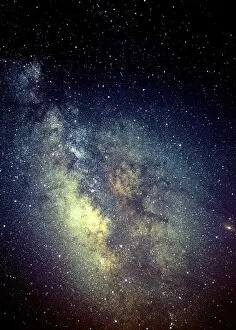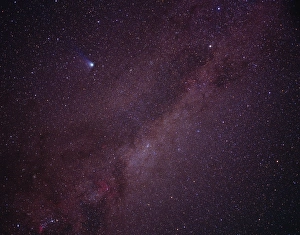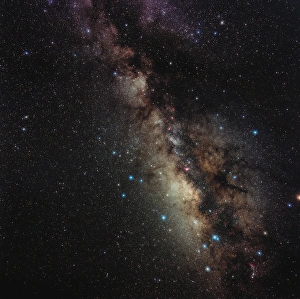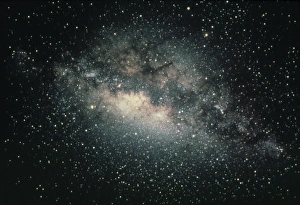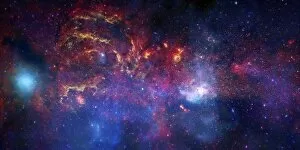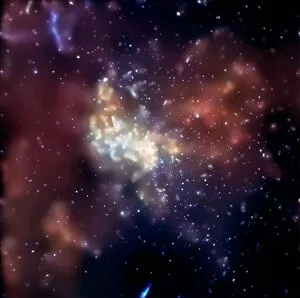Galactic Centre Collection
"Exploring the Mysteries of the Galactic Centre
All Professionally Made to Order for Quick Shipping
"Exploring the Mysteries of the Galactic Centre: A Journey into the Heart of the Milky Way" Embark on a celestial adventure as we delve into the enigmatic depths of our galaxy, the Milky Way. At its core lies an awe-inspiring spectacle known as the Galactic Centre, a captivating cosmic phenomenon that captivates astronomers and stargazers alike. Located within the Central Milky Way, this mesmerizing region offers breathtaking views from various corners of our planet. From Hardap Resort in Namibia, Africa to Watukarung Beach in East Java, Indonesia; witness nature's perfect canvas adorned with twinkling stars and hues reminiscent of Perfect Purple. Amongst these celestial wonders resides a mysterious entity - a black hole. In artwork C017 / 7668, it is depicted as an ethereal vortex drawing everything towards its unfathomable depths. This supermassive black hole stands at the heart of our galactic centre, shrouded in intrigue and fascination. Imagine futuristic possibilities as you gaze upon artwork showcasing a laser-pushed lightsail starship traversing through space (artwork). It sparks curiosity about potential interstellar travel and exploration beyond our own spiral galaxy NGC 3627 (composite image C016 / 9728). As we ponder these cosmic marvels, let us not forget that at its core lies an intricate dance between matter and energy. The galactic centre serves as a hub for countless celestial bodies swirling around this gravitational epicenter – truly exemplifying both beauty and chaos simultaneously. So next time you find yourself gazing up at night sky or contemplating humanity's place in this vast universe, remember to look towards the Galactic Centre - where mysteries unfold amidst billions of stars illuminating our beloved Milky Way.

